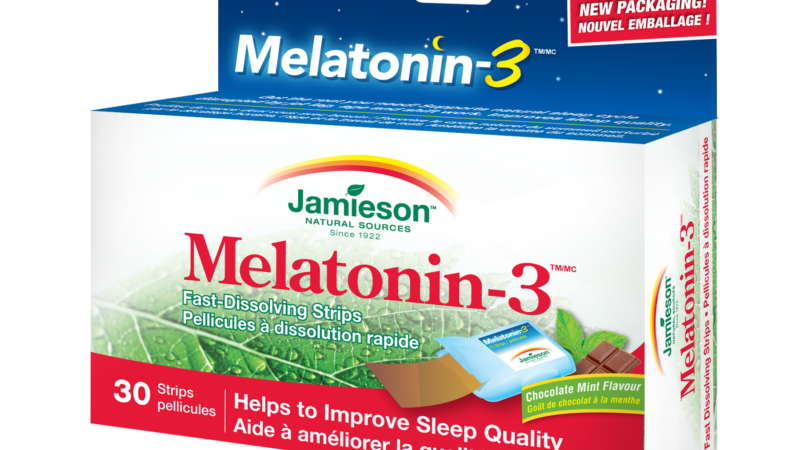The message may finally be getting through that sunscreen not only saves lives by lowering the risk of developing skin cancer but can also prevent wrinkles, dark spots and other signs of premature aging. Now is the perfect time to fine tune those good sunscreen habits by making sure that it’s applied as directed.
There’s a reason why directions are included on the sunscreen label. To get the maximum protection out of your product, just apply as directed:
Apply 15-30 Minutes Prior to Sun Exposure: Although applying the sunscreen upon arriving at the beach or 5 minutes before you step out the door is probably more the norm, it may not be the optimum timeframe for application. Physical sunscreens, which contain only titanium dioxide or zinc oxide can be applied with no waiting time because they work by sitting on top of the skin and deflecting UV rays. Chemical sunscreens, containing ingredients such as Mexoryl XL and Tinosorb S, found in Anthelios, need some time to interact with the skin’s surface before reaching maximum effectiveness. These sun filters work by absorbing the UVA/UVB rays and releasing them as harmless heat. However, even if you’ve missed the 15-30 minute window, make no mistake: sunscreens are still going to work to protect you the moment you’ve slapped them on.
Reapply at Least Every 2 Hours: Which one of us hasn’t been guilty of applying sunscreen once in the morning before going out and then not reapplying diligently? Although we would love a sunscreen that lasts all day, the truth is that UV rays eventually break down the stability and effectiveness of sun filters. When it comes to reapplying, don’t think of it as “topping up”. Instead, use the same amount as the first time. Ideally that would be one ounce for the entire body. Of course this isn’t always realistic – we get that! If you’re not spending a day fully immersed in the sun, try to at least do one reapplication at midday.
Use a Water-Resistant Sunscreen if Swimming or Sweating: Not all sunscreens are considered water-resistant so make sure it’s specified on the label. These sunscreens are formulated to resist being washed off by water. The industry standard for “water resistant” is effective for 40 minutes in the water. “Very water resistant” sunscreens must be effective for 80 minutes in the water. However, like the sun, water also breaks down the stability and effectiveness of the sun filters, leaving you exposed to harmful rays that will not only burn but age and potentially cause cancer. And being in the cool water may delay the feeling of getting sunburned so it’s doubly important to have an eye on the time. Keep in mind as well that no sunscreens are towel-resistant so no matter the time elapsed, if you’ve dried off with a towel, it’s time for another application.
No sunscreen protects 100% so it should be considered just part of your sun smart plan. Hats and long sleeves as well as seeking shade during peak sun hours will also go a long way to protecting your skin.




